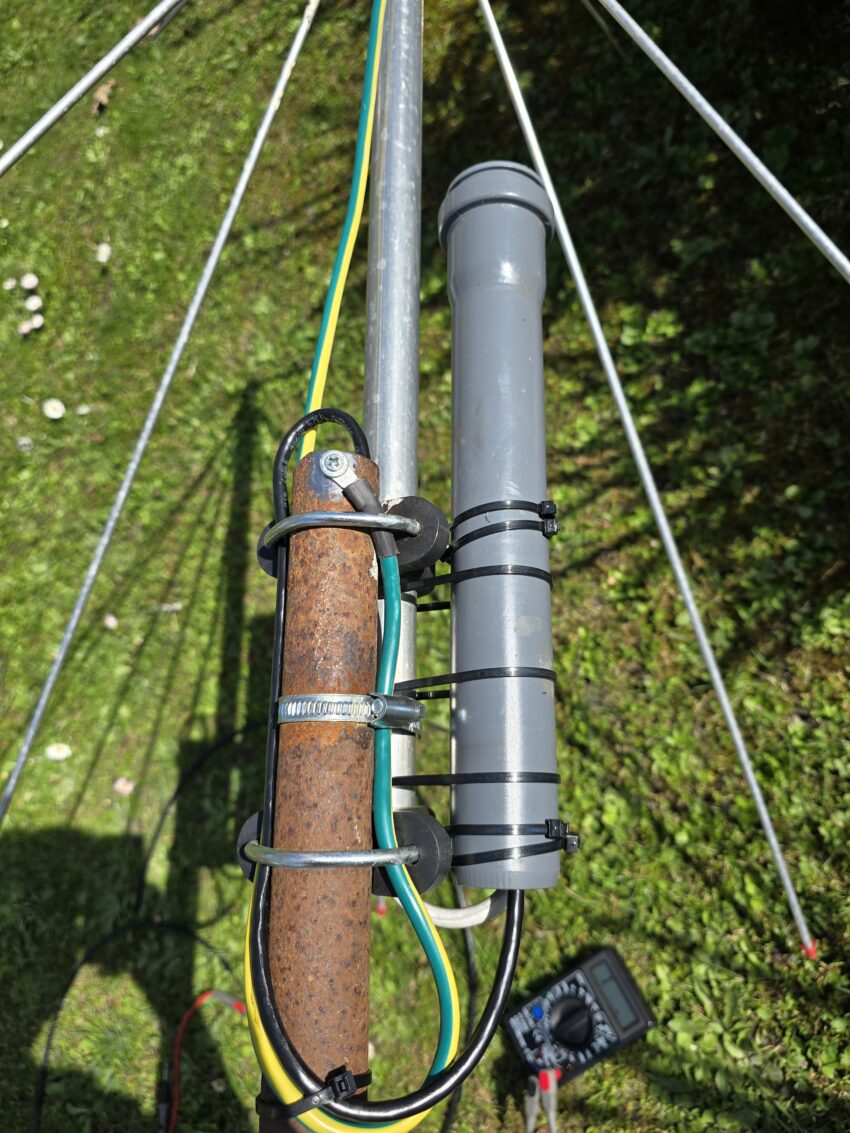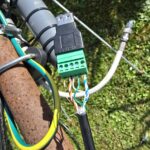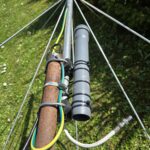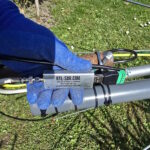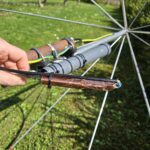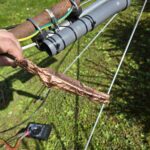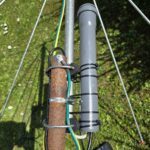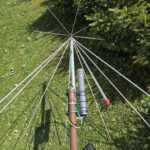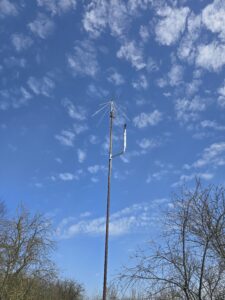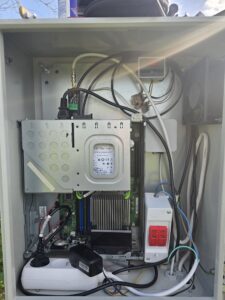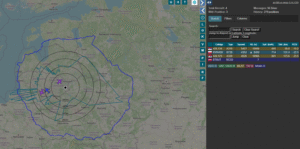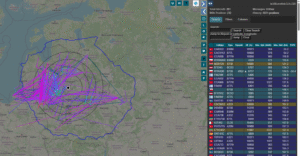It so happened that the modifications were made on April 19, 2025, but I only got around to writing about them now, once I finally had some free time. 🙂
But hey—better late than never!
So, what has been done:
The main SDR receiver was fully moved outdoors, shortening the coaxial cable to the minimum. This way, the signal from the antenna goes directly into the SDR receiver with minimal coaxial losses.
The entire SDR setup outdoors is connected using an FTP Cat6 cable as a USB extender—green pair for data transfer, and the remaining pairs used for power supply.
The SDR receiver itself is also wrapped in copper foil to minimize the amount of noise radiated outward.
An additional receiver was installed for ADS-B aircraft tracking, equipped with a 1090 MHz antenna. For this, an RTL-SDR v4 receiver is being used.
Check it out here tar1090: https://adsb.gudynas.lt
Flightaware stats: https://www.flightaware.com/adsb/stats/user/GODEEPAS
ADSB Graphs: https://adsb.gudynas.lt/graphs1090/
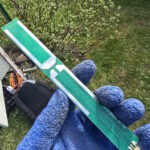
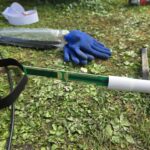
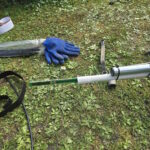
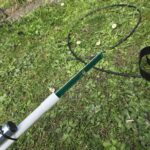
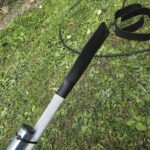
To be honest, I’m not sure if the reception has improved significantly. Most likely, it’s not something that can be noticed easily by ear or eye. I was expecting the results to be somewhat better, but it seems that in some frequency ranges there is actually more noise now.
It’s possible that this modification ended up making things worse rather than better. But I’ll leave the judgment to you—I’ll be waiting for your comments and suggestions on how this setup could be further improved, or whether it might be wiser to go back to using a longer coaxial cable with the SDR receiver left in the box next to the PC.
